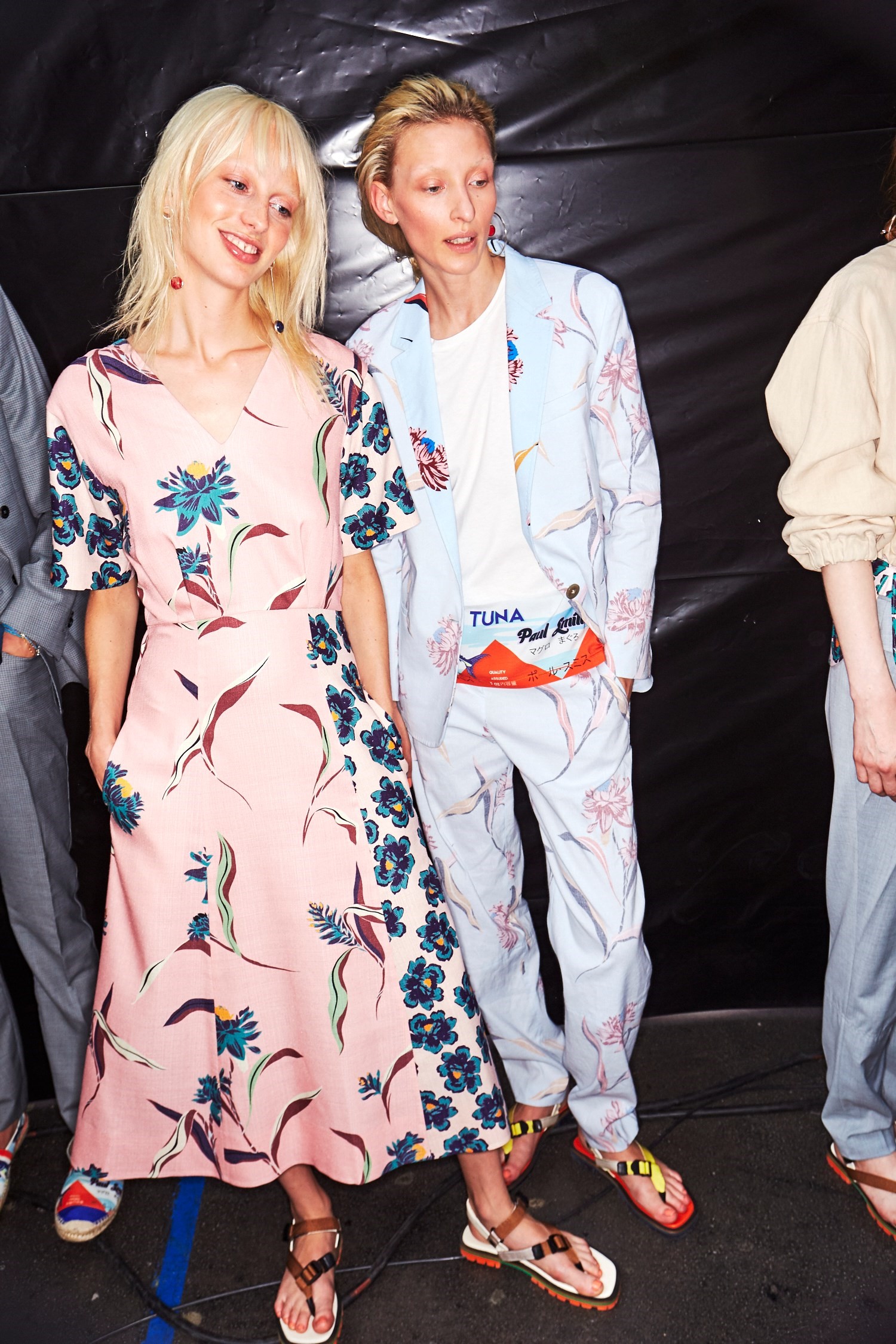Paul Smith’s admiration of the heritage and idiosyncrasies of British tailoring is well documented – lesser known is a lifelong love affair with the Parisian art of haute couture. A regular attendee of the couture shows early in his career with his wife, Pauline Denyer, he counts Yves Saint Laurent’s final ‘Le Smoking’ jacket, an enduring emblem of the couturier’s work, as one of his most precious possessions.
It’s no coincidence, then, that when the designer made the decision to shift his womenswear show to Paris to be presented on the same catwalk as his menswear collection, the show would be held on the Sunday when the men’s and couture weeks cross over. It was a symbolic gesture. But the decision itself, to combine genders, to go ‘co-ed’ – one of the initial wave of designers to do so – proved that, even after close to four decades in the industry, the tenacious designer is unafraid to shake things up.
One year on Paul Smith will show his A/W18 collection this weekend, and it will come with another first – Malgosia Bela, the era-defining Polish model who featured in some of the most enduring fashion imagery of the 1990s, will be revealed as the face of the designer’s S/S18 campaign and the brand’s first female ambassador. It’s a smart choice – Bela is the insider’s model, much down to her reputation as fashion’s chameleon, named for her ability to slide between legendary campaigns – the cool 90s minimalism of David Sims-shot Jil Sander, all the way through to razor-haired glamazon for the house of Versace, and the lens of Steven Meisel.
Not that Bela is a pretty face alone – now 40, she has since added actress to her resume, starring in Luca Guadagnino’s re-make of Suspiria later this year, and, more recently, become the fashion editor-at-large of Condé Nast’s latest Vogue title, Vogue Poland.
Here, before the show, AnOther Magazine set Paul Smith and Malgosia Bela talking about a subject they know well – style.
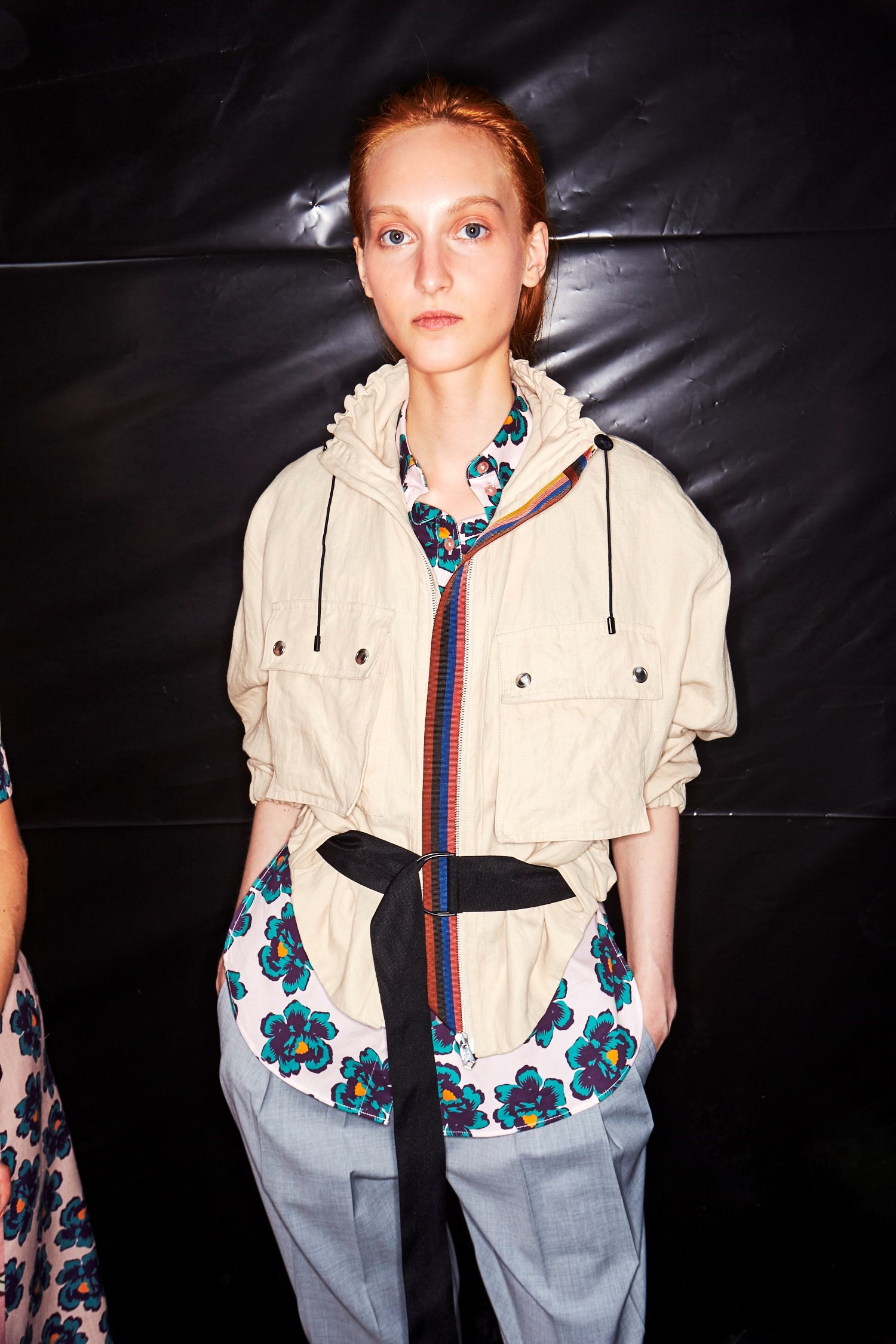

AnOther Magazine: What does style mean to you?
Paul Smith: It’s not about things you should or shouldn’t wear – style is something that is very natural and is a representation of your own personality as opposed to something that’s forced. It’s not something you can buy; it’s very much about an attitude. It can be the simplicity of something that we wear a lot – a white shirt or a navy blue suit, for example – as long as you do it with confidence.
Malgosia Bela: Style means to me the ability to translate someone’s personality into a certain way of looking. It’s a range of looks that somehow create a coherent vision of a person behind them – definitely a very subtle thing. Style isn’t for kids or for lost people; a person with style already knows who they are. That kind of confidence comes with age and life experience.
How do you approach getting dressed?
PS: I wear a suit more or less every day because it works for me. I rarely wear the same suit two days in a row – you could say it’s like a uniform. I think a well made, properly proportioned suit looks better on me than less formal clothes and I think that makes me feel more comfortable. I like all the pockets – I use a notepad and pen and always carry them in my inside pocket; the breast pocket is where I keep my specs; I carry a phone to take photos of things that inspire me; and I always have a handkerchief.
MB: Oh, I’ve relaxed about it... I used to have some visions about looking completely different and unexpected and now I simply know I’m just going to end up looking pretty much the same, in a masculine and elegant way. Big cleavage or mini skirt is never going to work! It’s a funny thing, because in editorial pictures, I’m quite proud to say, I manage to make almost everything look believable. In real life, however, especially after you hit a certain age, one must stick to their soul…
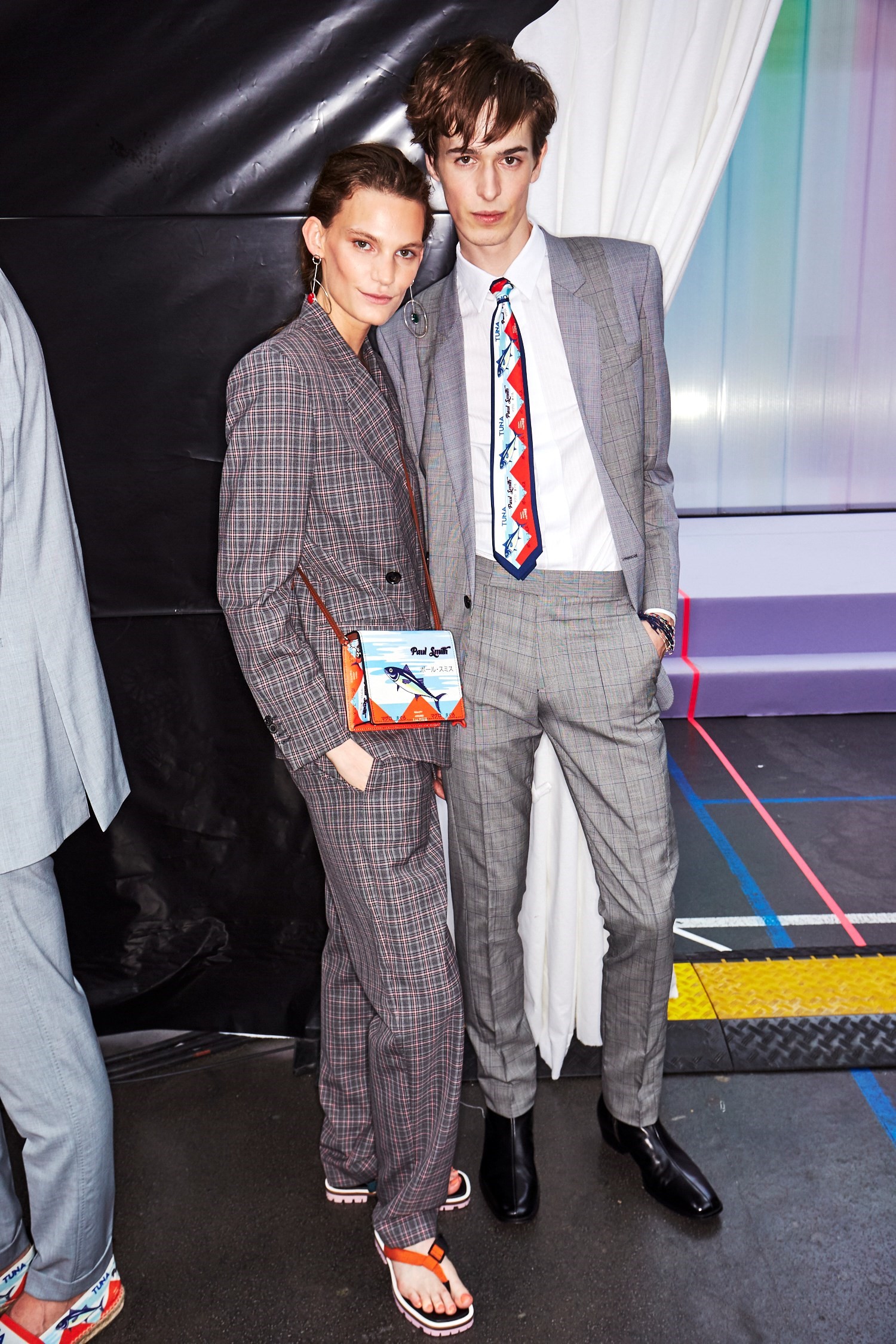
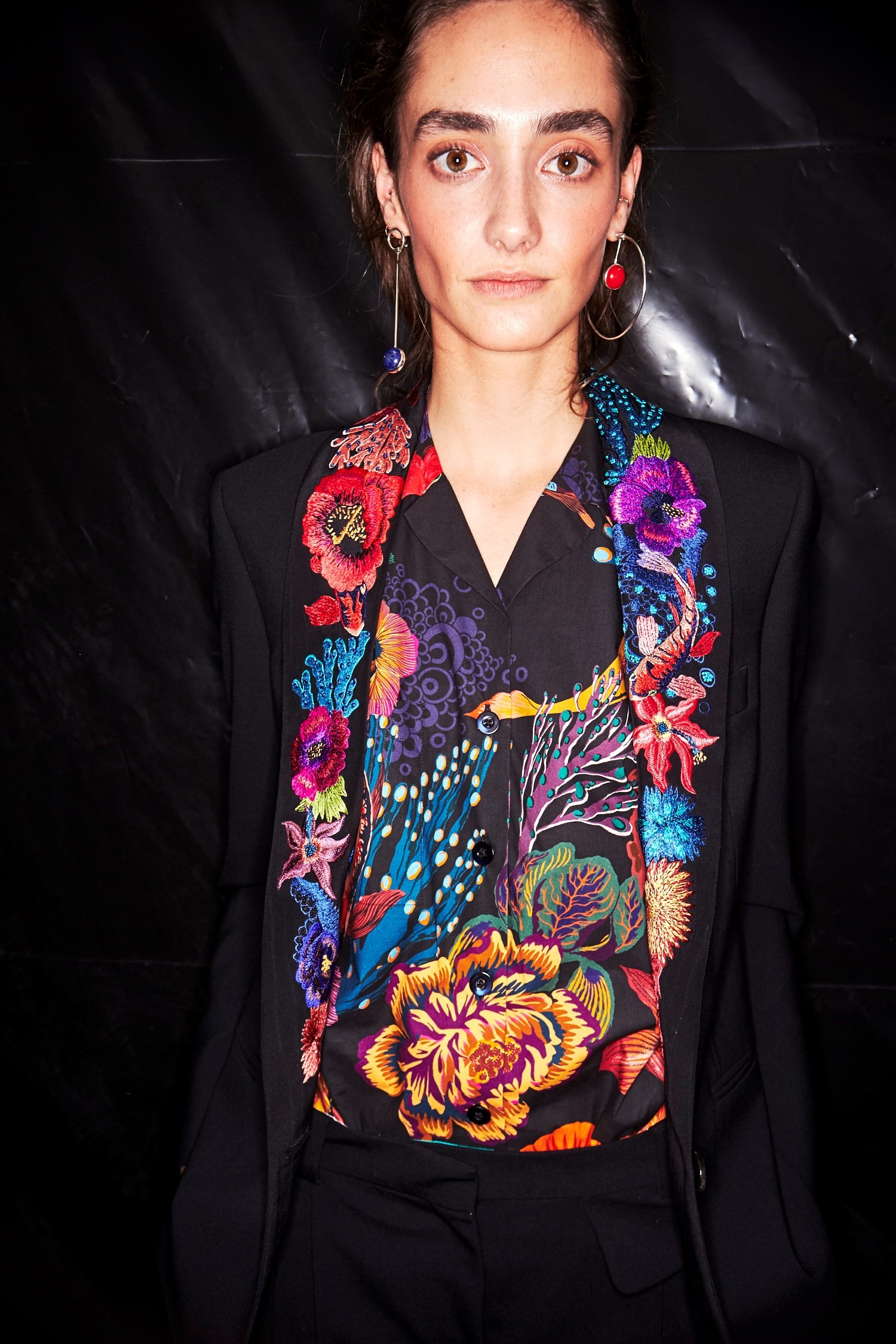
Who are your style icons?
PS: My wife Pauline, she’s always been at ease with the way she dresses – she never has to make an effort to dress in a particular way. Similarly, another friend and style icon, Daniel Day-Lewis – Daniel always wears things in his own way, like a bespoke suit with a denim shirt and cowboy boots, or, in a recent photo I saw of him, he was wearing denim painter’s pants, a navy blue sweater and a handkerchief just peeping out of his pocket. In both cases, it’s not about what they’re wearing, it’s about how they wear it.
MB: My personal style icon has nothing to do with my personal style. It’s David Bowie, whose style we could describe as the opposite of mine. But I’ve always, always admired the courage and consistency, the confidence with which he simply went out there in full make-up and outrageously extravagant outfits, just owning it... I can spend the whole night watching his live performances from the 1960s and 1970s on YouTube.
Which piece of clothing couldn’t you live without?
PS: A good quality suit.
MB: Me too – I couldn’t live without a good coat and a good suit. It’s something essential, that can cover everything from casual, like a suit with a T-shirt and sneakers) to black tie.
And what makes a good suit?
PS: Lots of different things. In the case of Paul Smith, one of the key things is that we have a loose-canvas inside the jacket that means they’re constructed in a way that allows the jacket to move with the wearer. Lower-cost, less well-made suits will be made with glued interlinings.
MB: Definitely its form. A good suit corrects a shape and lends a “sharpness” to a person’s silhouette. A good suit makes me want to stand in a cool way, to put my hands in pockets and exude confidence...
Which piece of clothing have you owned for the longest?
PS: Classic plain cap shoes that just get better with every year and every polish.
MB: I still own some pieces from 20 years ago, when I started my career: a well cut pair of pants from my first Balenciaga show, boots that I borrowed from Nicolas [Ghesquière] after the fitting to practice walking on high heels overnight... Universal pieces that are good for every season. Coats, jackets, trousers... Timeless.
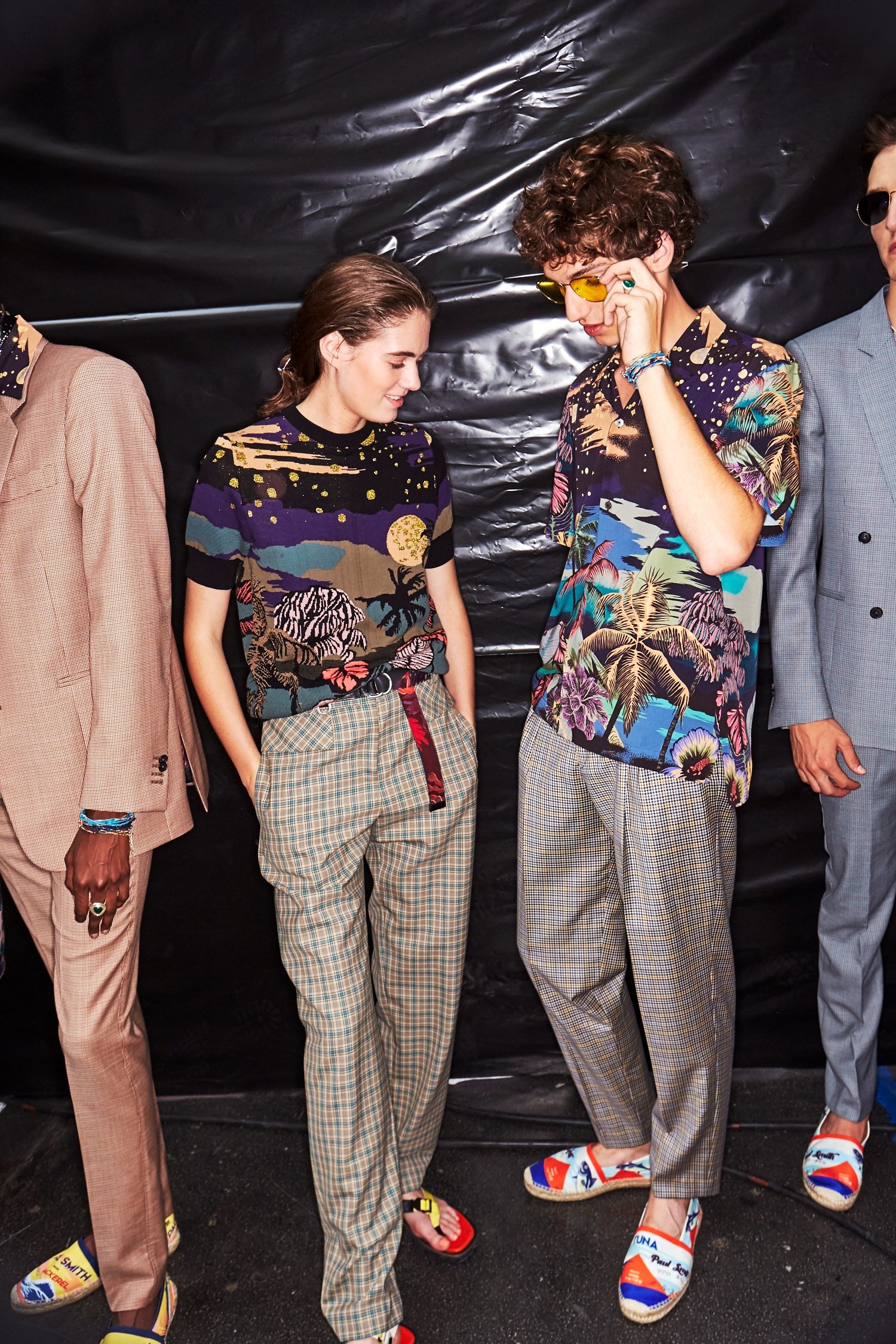

What drew you to fashion when you were younger?
PS: I was raised in an era of music revolution. The bands that I would idolise from my childhood home in rural Nottingham were linked to new music genres, new styles and new methods of self-expression. The Beatles, Led Zeppelin, the Rolling Stones… In the cinema, it was all about the era of stylish Italian directors [Luchino] Visconti, [Federico] Fellini and the rest. And then the likes of Jean Cocteau and Luis Buñuel, too.
MB: I must admit that I wasn’t drawn at all to fashion as a teenager. I grew up in Communist Poland until I was 12, and in a completely unfashionable environment. I left Poland at the age of 21 not even knowing names like Jil Sander or Versace, and these happened to be the first brands that hired me for their campaigns. I had only seen beautiful women in George Michael’s Freedom video – I’d never seen that many stunning women at once, I really couldn’t decide which one was my favourite! And then fashion just happened in my life. Kind of overnight – it started in 1998 and here I am 20 years later.
Malgosia, what do you think is Paul’s most stylish trait?
MB: Impeccable cut, discreet elegance, with a subtle hint of something extravagant and dandy. I love it.
And finally – Paul, what is Malgosia’s most stylish trait?
PS: That she’s naturally natural; she’s effortless in the same way as Daniel or Pauline are. She has a wonderful confidence, but not over-confidence, with regards to her style.
